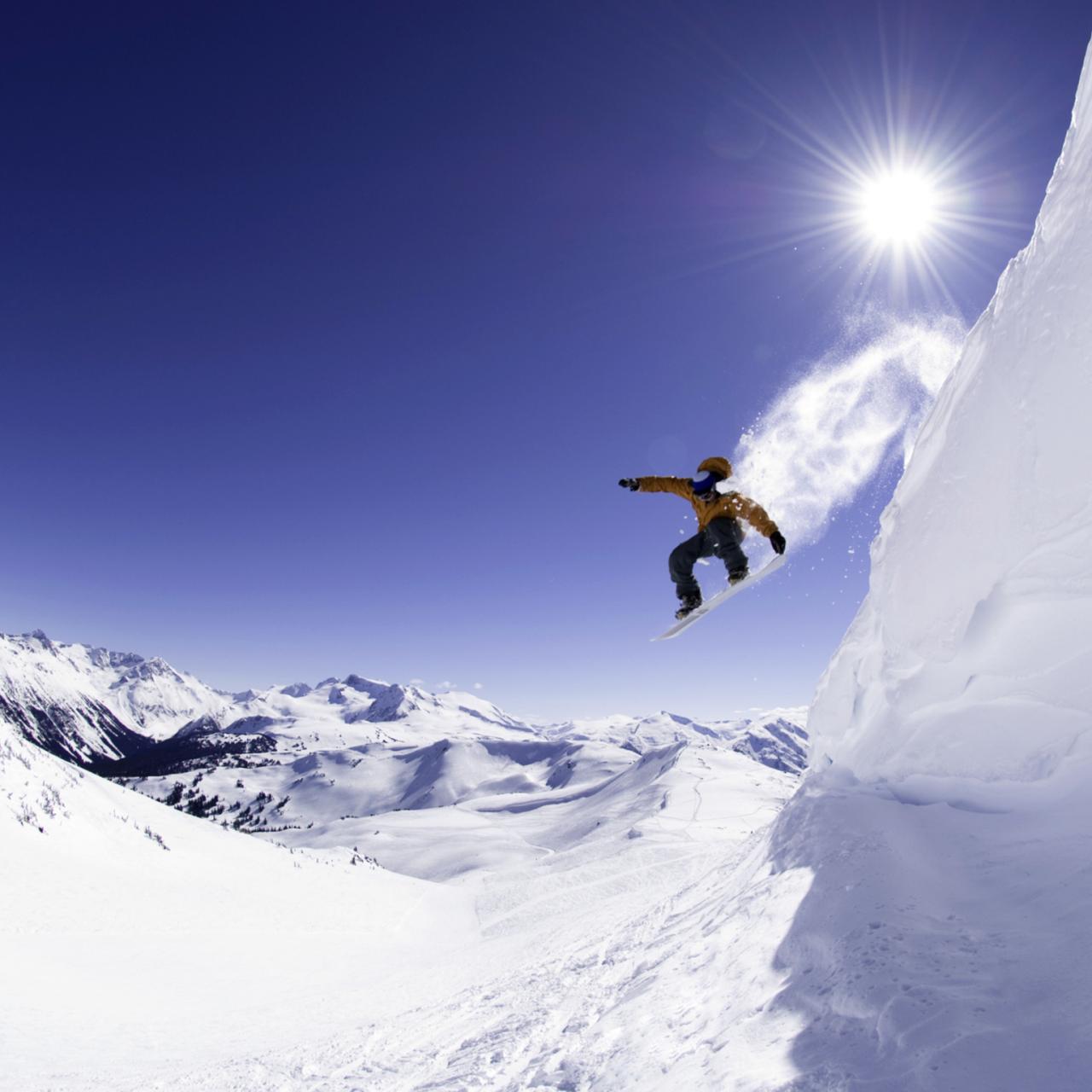News Blast: Your Daily Dose of Insight
Stay updated with the latest news and insightful articles.
Shredding the Slopes: A Snowboarder's Survival Guide
Discover essential tips and tricks for conquering the slopes in our ultimate snowboarder's survival guide! Unlock your winter adventure now!
Top 10 Essential Snowboarding Gear for Every Snowboarder
Whether you're a novice carving your first turns or a seasoned pro hitting the backcountry, having the right gear is crucial for a successful snowboarding experience. In this guide, we'll highlight the Top 10 Essential Snowboarding Gear for Every Snowboarder that caters to all skill levels. From the board itself to the layers you wear, each piece of equipment serves a specific purpose to enhance your performance and safety on the slopes.
- Snowboard: The most critical piece of gear; choose one that matches your riding style and skill level.
- Bindings: Ensure your bindings provide the right flex and support for your snowboard.
- Boots: Comfort and fit are key; a good pair can elevate your riding experience.
- Helmet: Safety first! A proper helmet protects your head against impacts.
- Goggles: These allow for clear vision in varying weather conditions.
- Outerwear: Waterproof and breathable jackets and pants are essential for keeping you dry.
- Base Layers: Thermal undergarments will help regulate your body temperature.
- Gloves or Mittens: Keep your hands warm and ensure grip on your board.
- Socks: Specialized snowboarding socks prevent blisters and keep your feet cozy.
- Backpack: A good snowboard backpack can carry your essentials, making your ride more convenient.

How to Choose the Perfect Snowboard for Your Riding Style
Choosing the perfect snowboard for your riding style is crucial for maximizing your performance and enjoyment on the slopes. Start by understanding your riding style, which can typically be classified into categories such as freestyle, all-mountain, and freeride. Each of these styles demands different board features. For instance, freestyle boards are usually shorter and more flexible, offering enhanced maneuverability for tricks and jumps, while all-mountain boards strike a balance, making them versatile enough for various terrains. Freeride boards, on the other hand, are designed for stability at high speeds and in deep powder. Knowing these distinctions helps narrow down your options.
Once you've identified your riding style, consider the board length and flex. The ideal board length typically falls between your chin and nose, depending on your weight and skill level. For beginners, a shorter board can facilitate easier turns, whereas advanced riders might prefer longer boards for increased speed and control. Flexibility also plays a vital role: a softer flex is excellent for beginners and park riders, while stiffer boards are better suited for aggressive riders tackling challenging terrain. By focusing on these aspects, you can confidently choose a snowboard that complements your unique riding style.
Beginner's Guide to Snowboarding: Tips for Your First Day on the Slopes
Welcome to your beginner's guide to snowboarding! Getting ready for your first day on the slopes can be both exciting and nerve-wracking. To make the most of your experience, it's essential to be prepared. First, make sure you have the right gear. This includes a snowboard, boots, bindings, and appropriate clothing that is waterproof and insulated. Don't forget to wear a helmet for safety! If you're unsure where to start, consider renting equipment at a nearby shop to get a feel for what you need.
Once you've got your gear, here are some tips for your first day on the slopes:
- Start slow: Choose a beginner-friendly slope to gain confidence.
- Take a lesson: Enrolling in a snowboarding class with a certified instructor can drastically improve your skills.
- Practice falling: Learning how to fall safely can help you avoid injury and build confidence.
- Stay positive: Snowboarding can be challenging, but with patience and perseverance, you'll improve quickly!